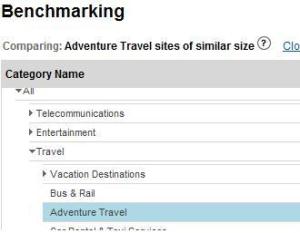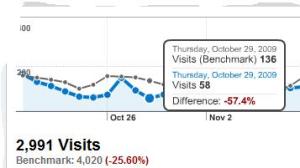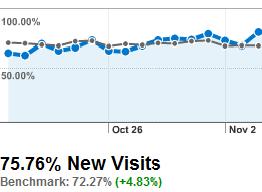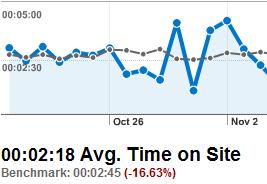Often times we tend to run single focus campaigns. It could be just an email blast or a blog or a facebook post or just a print mailing. To me, it’s an incomplete attempt to engage your audience. I am a huge believer of what I call “campaigns in tandem”.
Let’s say you are thinking about a campaign where either you are promoting an event or sending out an offer or just talking about your business in general.
The first step is of course getting your messaging nailed. In other words, we start by attempting to answer the who, what, when, & why :
- Who’s my audience?
- Why should they be interested in this particular offer/ event/news?
- What message worked with them in the past?
- What channels should I be focusing on?
- What time line am I thinking of?
- What are my goals?
- How do I drive the above audience towards these goals?
- What’s my call to action?
Next we turn to the “ how” . With the call to action in place , we need to drive a multi-channel or as I like to call it, multi-touch-point campaign. Here’s just a sample of channels we could use.
Now as I mentioned this is definitely not an exhaustive list of channels. You could additionally rope in videos , word of mouth and then there is of course the press. But not all campaigns and events are press worthy. So you might need to pitch selectively.
Whatever you do, how small or big your campaign is , always think about multi-touch-points and the impact of the collective reach of these channels.
Also, always.. always.. intertwine them !
Post your blog on your facebook and tweet your facebook link. That way you take care of 3 touch points at the same time. Do the same with any LinkedIn group you are part of .
Specific campaign email blasts should include your social media links, be tagged correctly for conversion attribution and be directed to a special landing page on your web site. The web site absolutely must have a full or a partial page dedicated for the campaign.
The print piece of the campaign should tie in seamlessly with your online marketing in terms of messaging and having the social media sites listed. However, due to the higher cost involvement with print, target it to your best performing list and leave the rest of the audience in the hands of web. Trust me, they’ll be well taken care of .
If you are running a paid campaign, make sure to include an adgroup with ads reflecting the campaign message. Have it land on the campaign page of your website. I wouldn’t worry too much about SEO at this point. All the cross links coming in from different channels and the rich quality of your content is taking care of your organic ranking in the background.
Running multi-touch campaigns of course has its own challenges. The biggest one is the amount of logistics involved. It’s critical & imperative to tie them in a timely fashion. The other big one is the conversion attribution by channel for ROI purposes. But that’s a different discussion altogether.
At the end of the day , the ROI justifies all labor.
Now it’s your turn.. How much of this are you doing? What are the challenges? Are you going beyond? Tell us all about it.
We’ll also be talking about all of this and more at the 1st Annual Vermont Web Marketing Summit , right here in beautiful Burlington, amidst the dazzling fall colors in September.
Hope to see you all there.
Best,
Bibi









 Average time on site
Average time on site 











